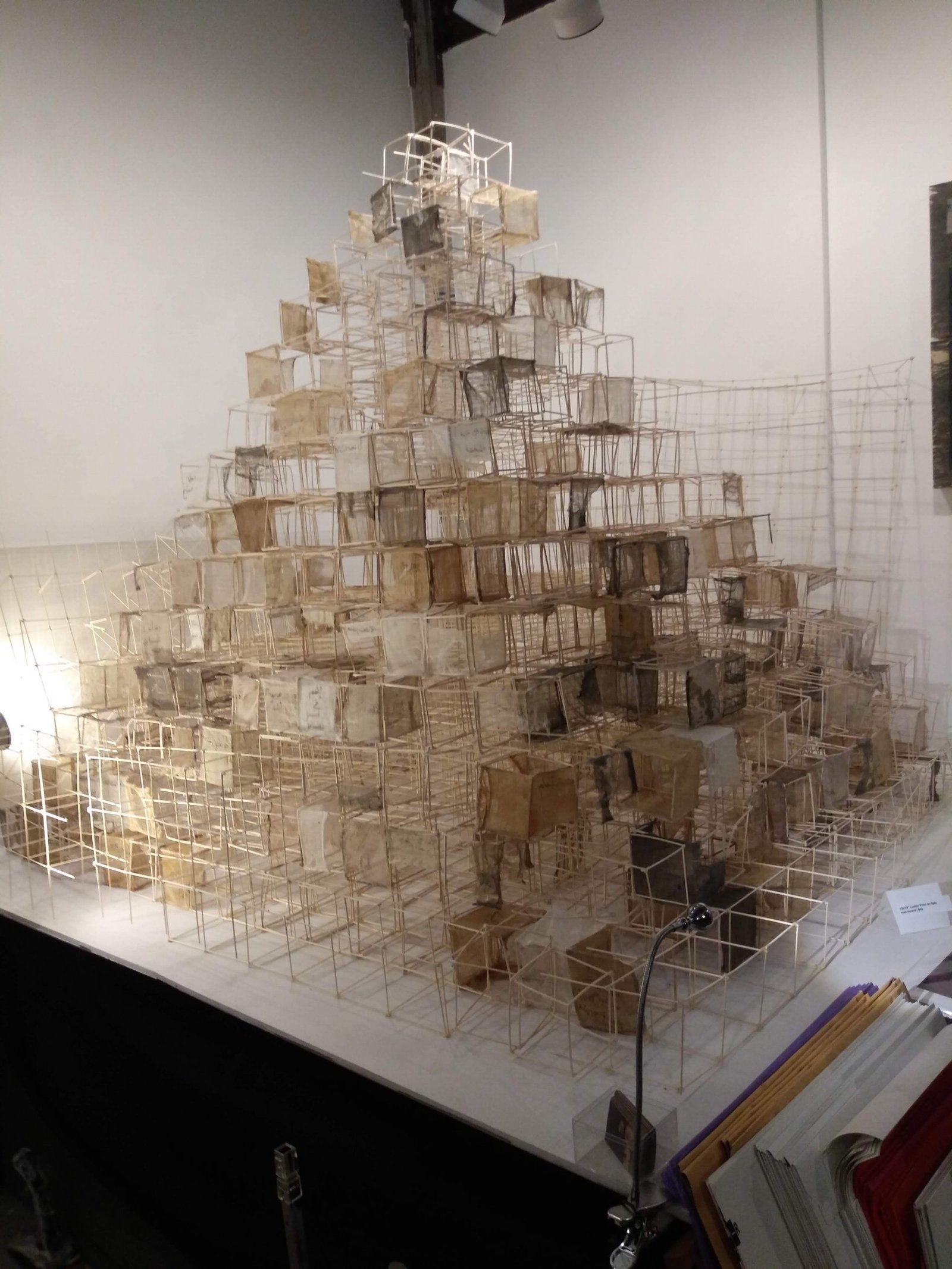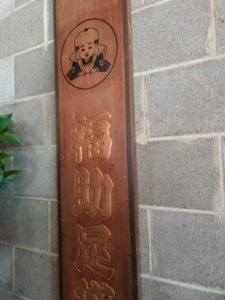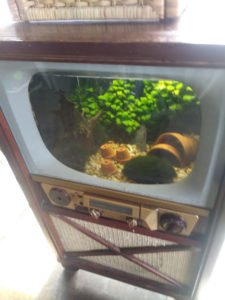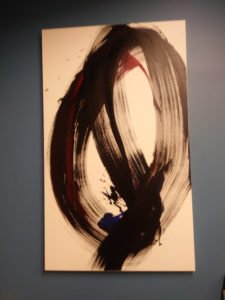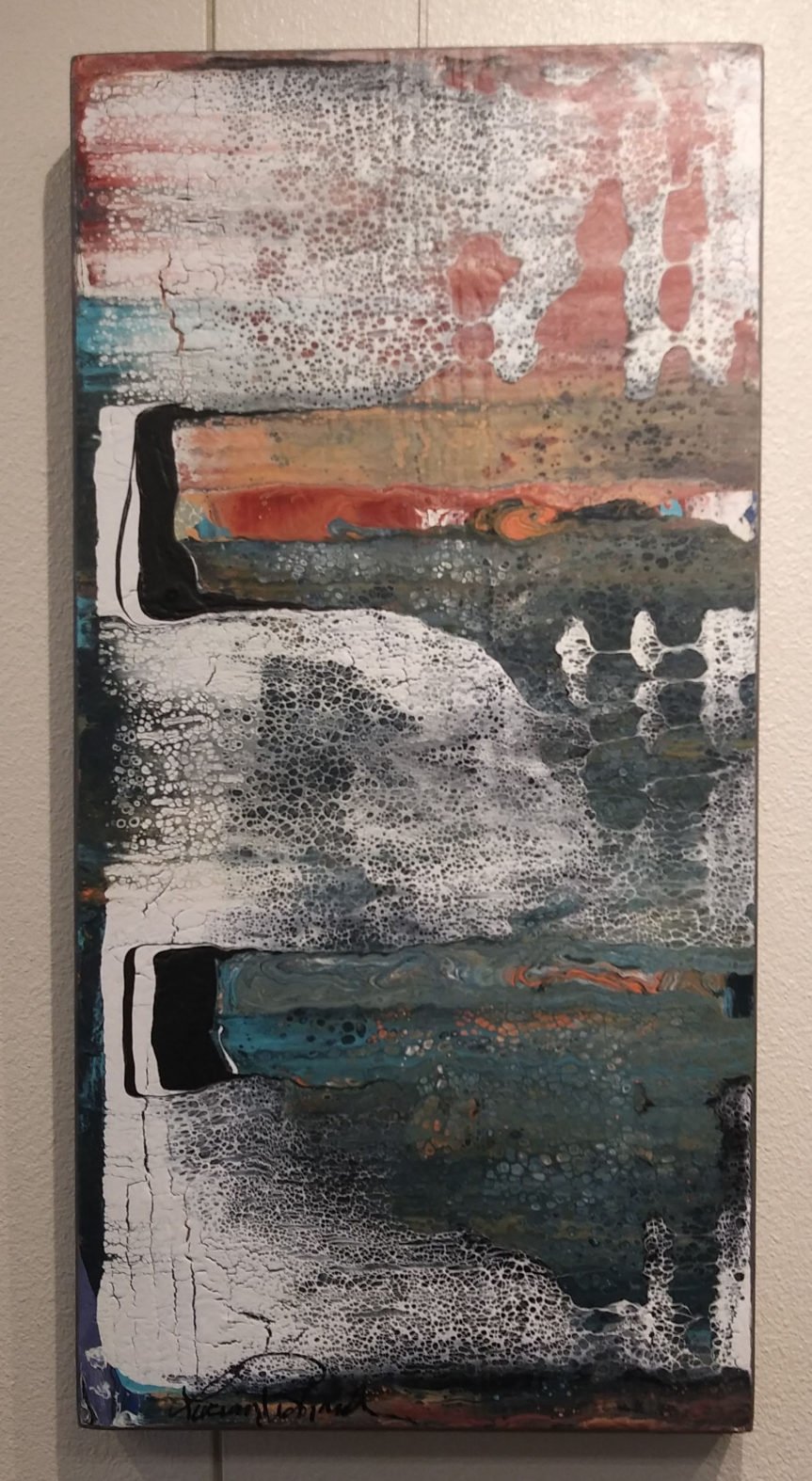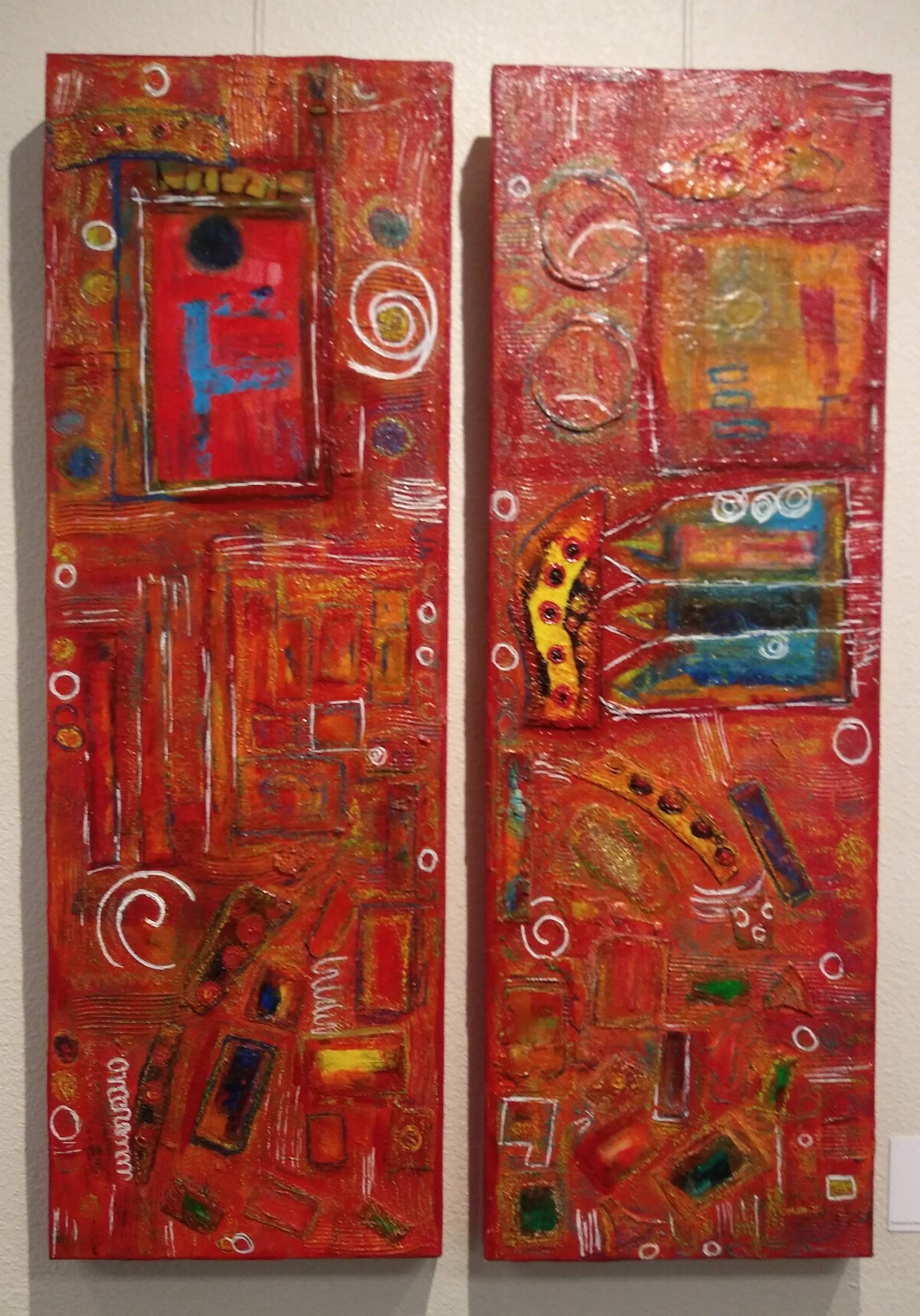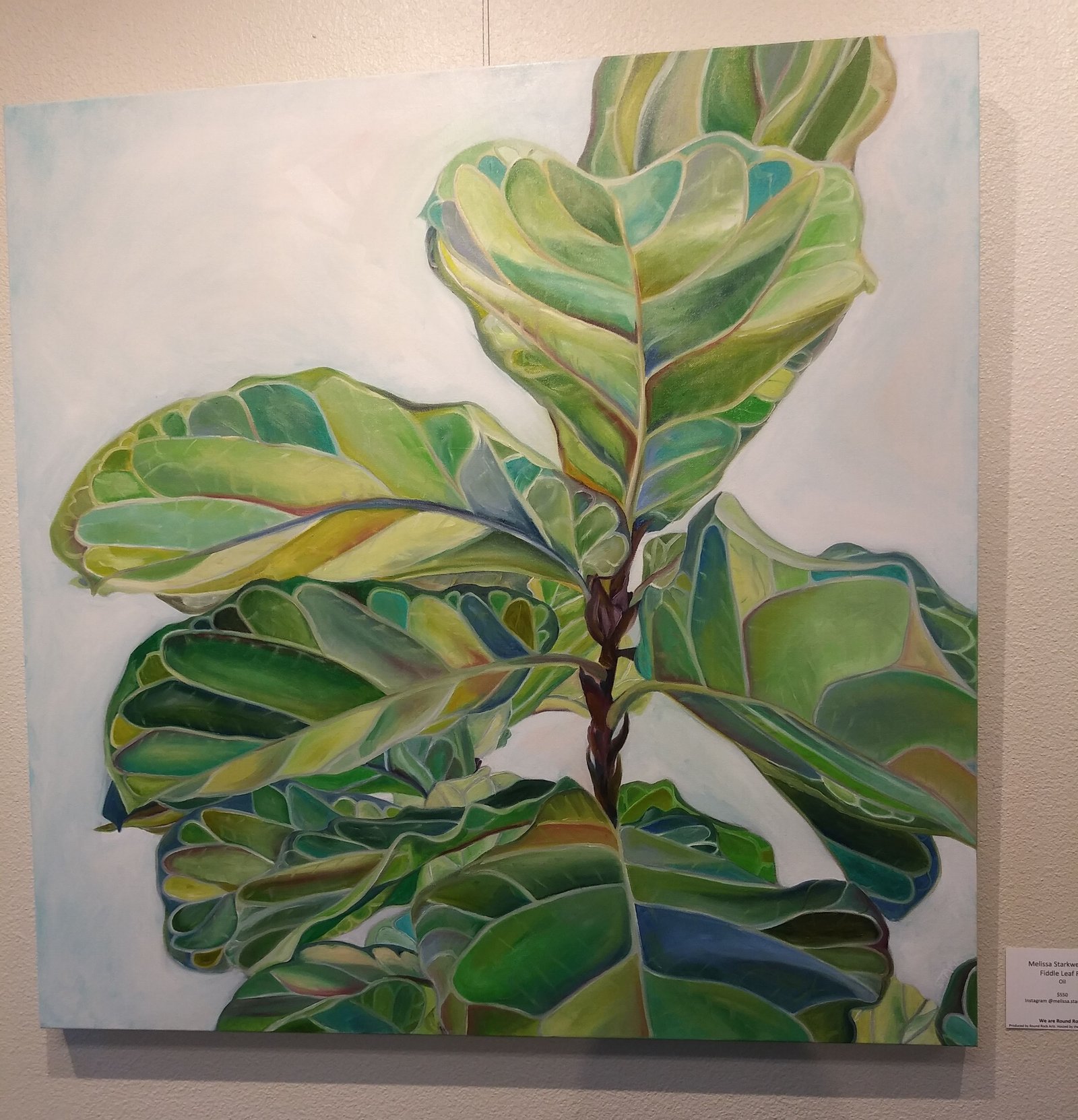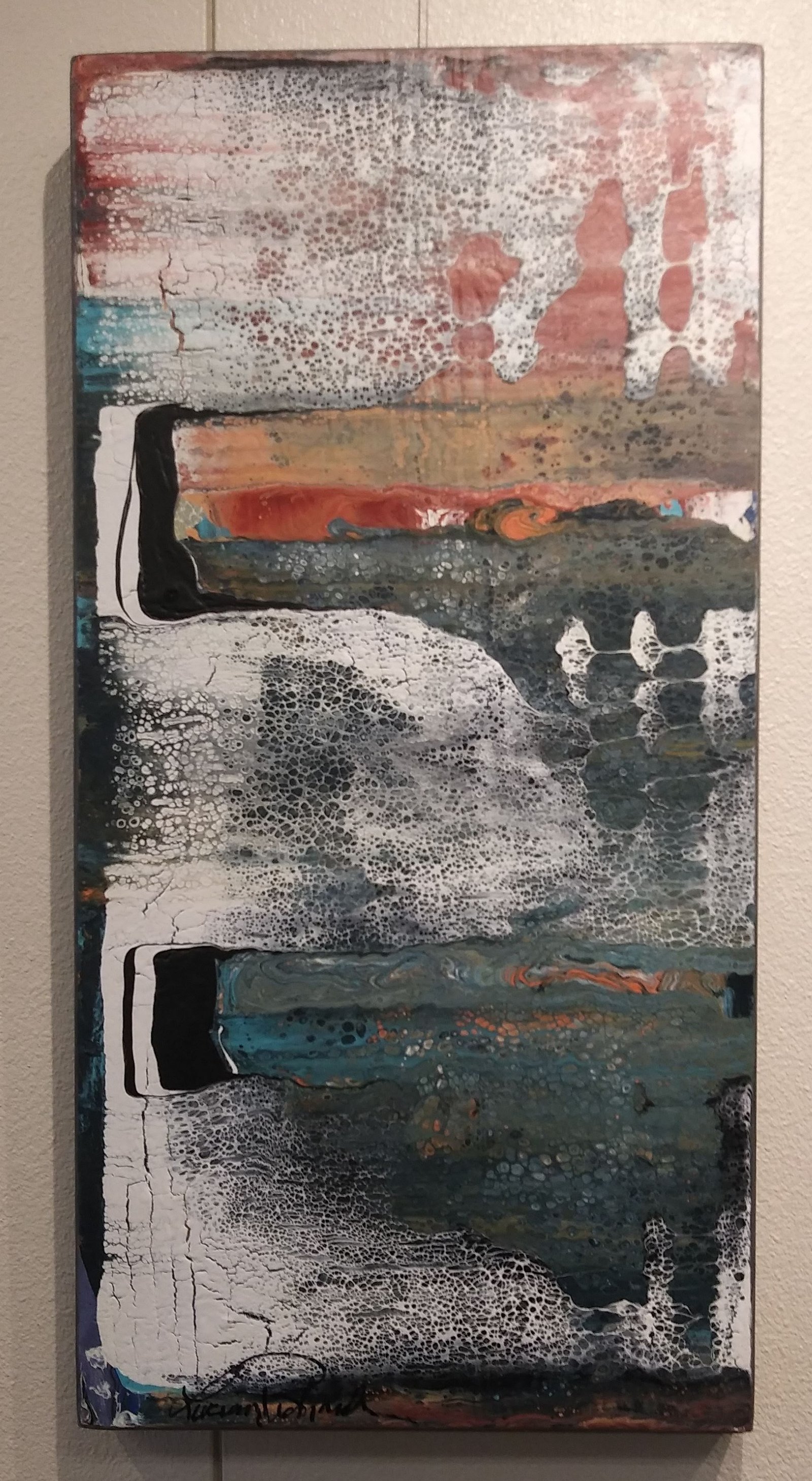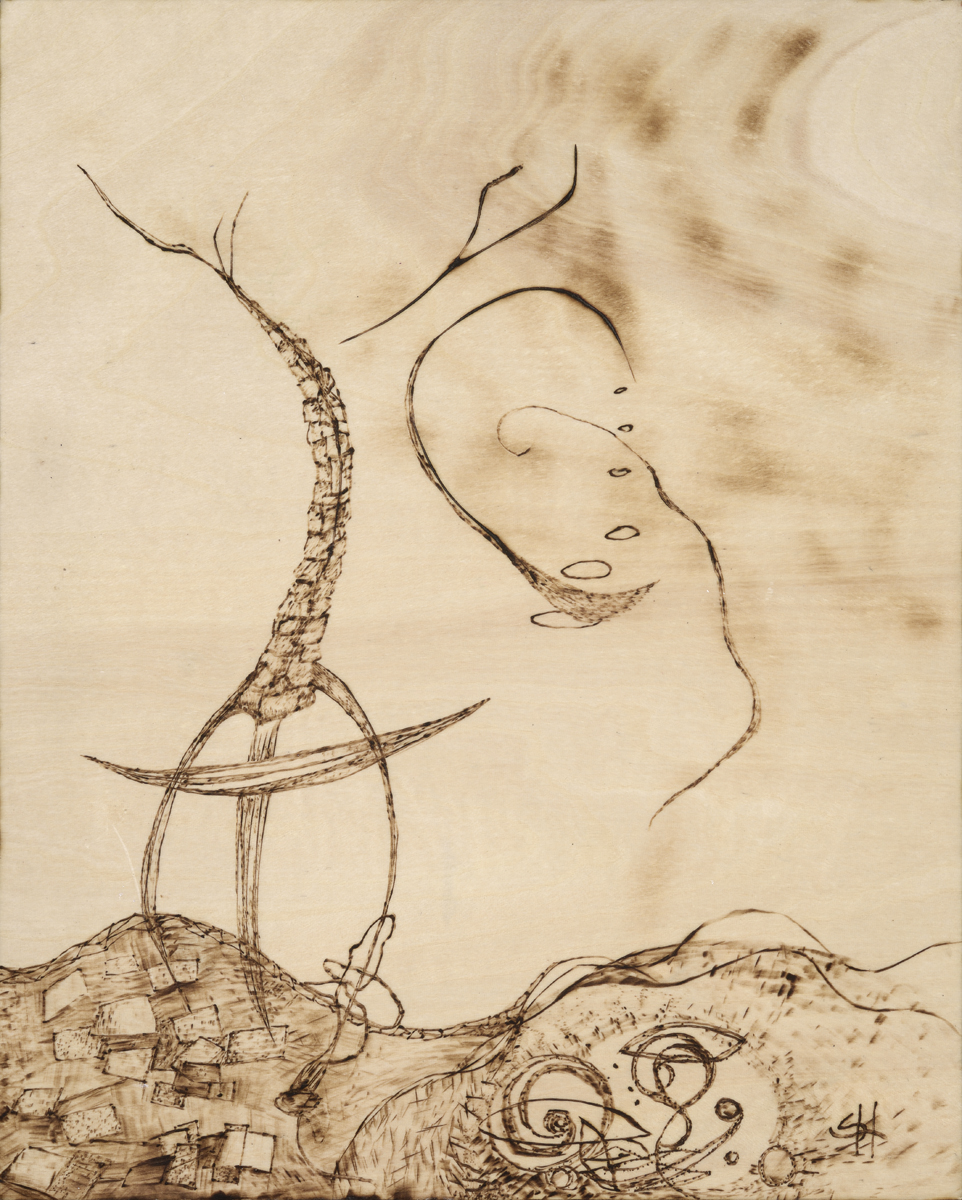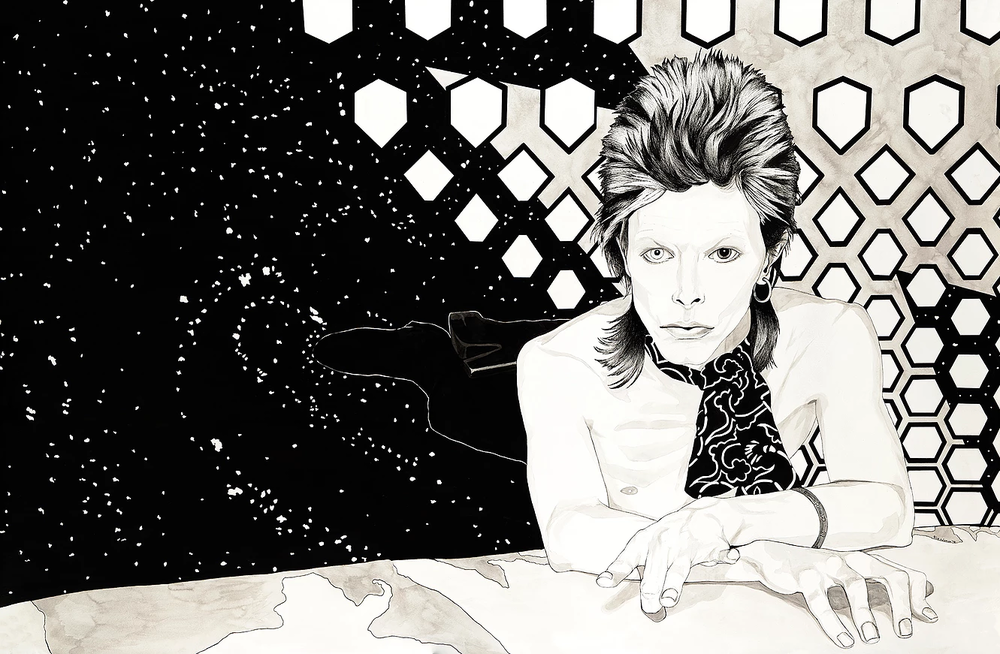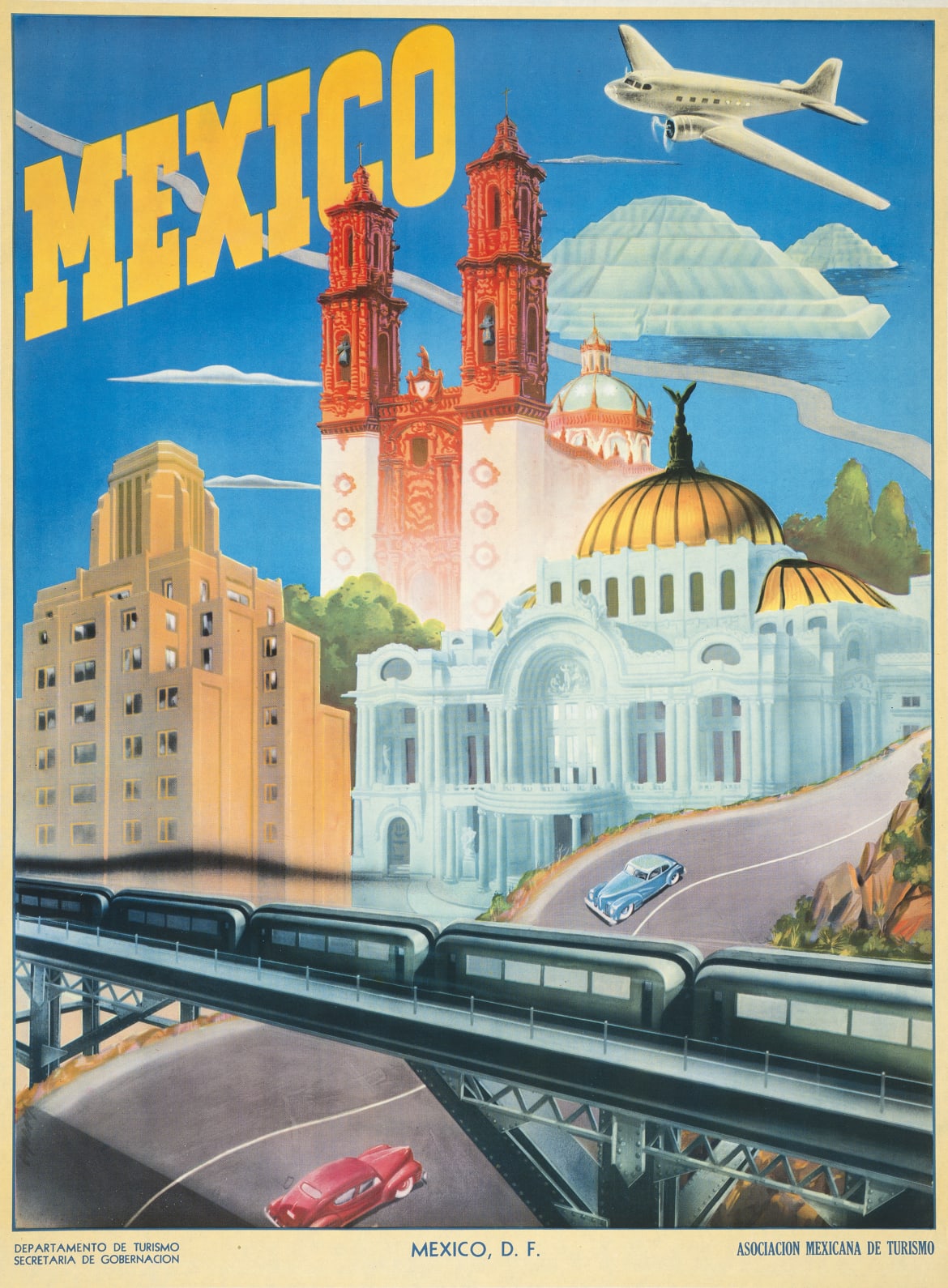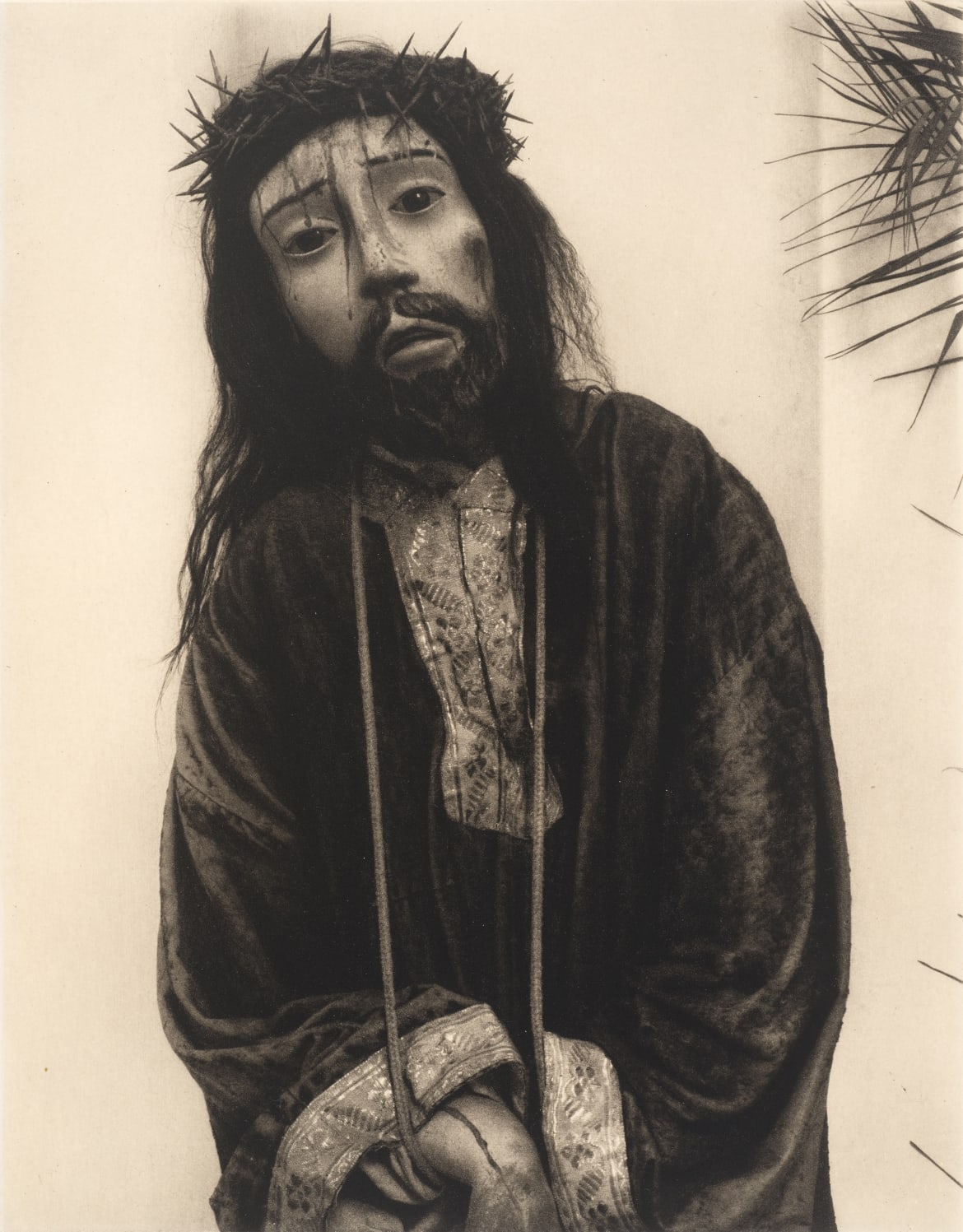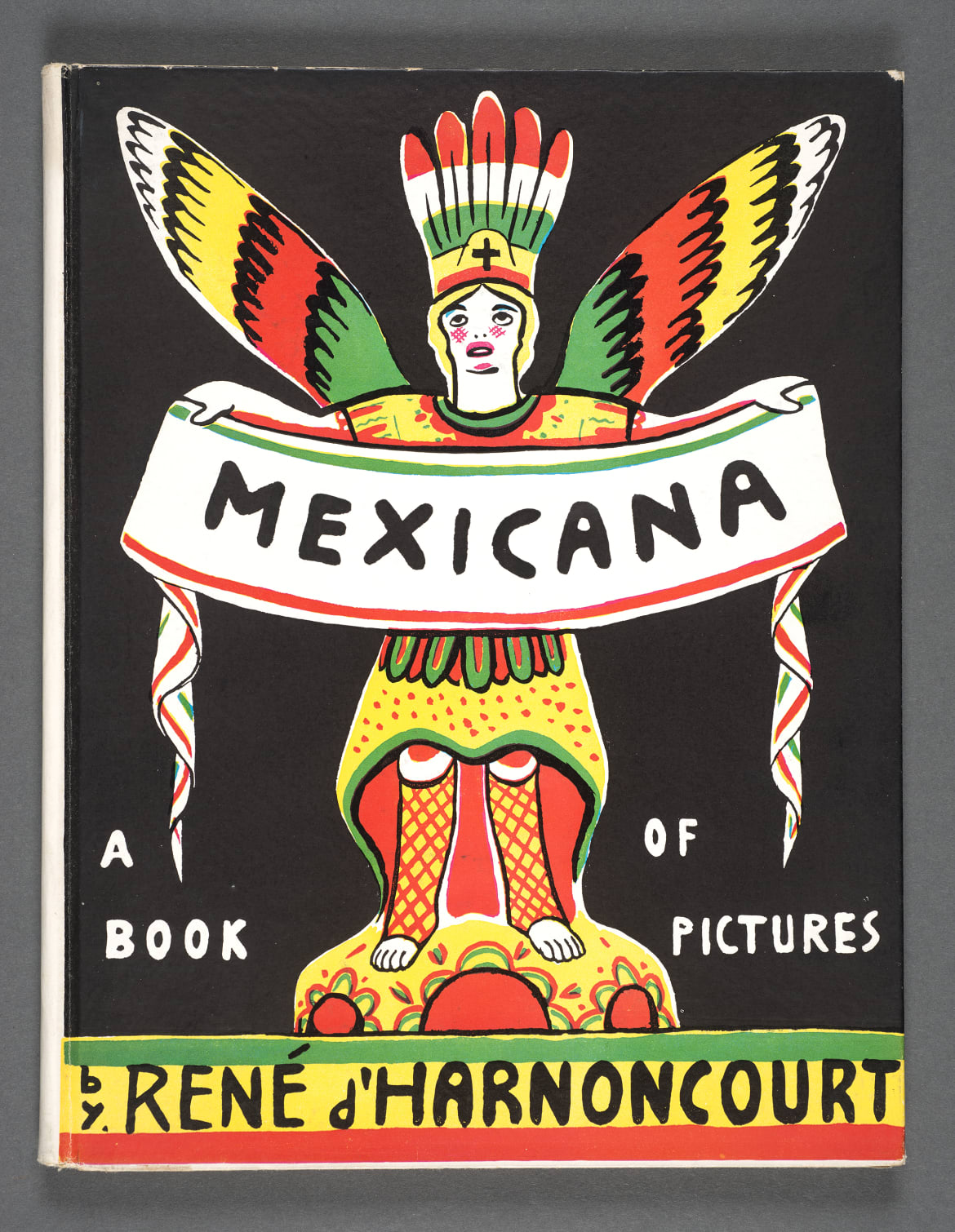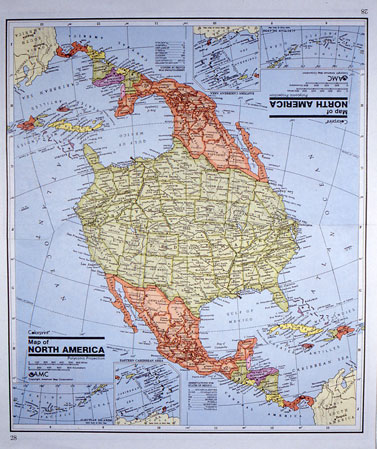I saw on Twitter a poignant post recalling the early days of the internet, how there is little record of it all due to defunct websites and bit rot…describing it as all lost, like tears in the rain.
It’s a reference to the death monologue given by the dying android Batty in Bladerunner. Reflecting upon early 90’s and 80’s indie culture, small businesses owned by Gen-X shopkeepers, many of these disappeared as well, during waves of recession and rent increases. There was no Yelp back then, no local foodie magazines propped up by investors. There might have been a fleeting reference or xeroxed photo in a 50 cent zine, but beyond that this was a undocumented zeitgeist that disappeared before much could be recorded for posterity.
Decades of attention were showered upon Boomers and the 60’s. There were documentaries, retrospective exhibits. It pains me as a trained archivist that the punk to early 90’s era received comparatively sparse attention. Outside of noxious Newsweek articles about Generation X, where are the archives? Yes, there are musical documentaries and biographies, but outside of those that made it big, where are the digital records?
These days we have an excess of data due to millennials documenting everything with Instagram, Twitter, Yelp. It is impossible now to live and create without leaving a digital trace.
My generation spawned flyers, zines, diy comics, cassette mixed tapes, but how much has survived? If some had been been digitized, have them been tagged? Indexed? None of these records are searchable.
Online you can find thousands of iterations of viral memes from the last two years. It reminds of trying to read one’s social media news feed beyond yesterday. Online blogging platforms only show you posts from the last two weeks. What does this say about our value of history?
Many in my generation prided ourselves on being indie and underground, but much history was buried when bigger businesses took over and everyone went online. To counter historical homogeneity we need proof of the other narratives. Loft living did not begin with dot com tech workers for example, it started with artists living in unheated warehouses, filling giant open spaces with 50’s style kitchen furniture, Xmas lights, art school sculptures, graffiti and yes, code violations. There were cottage industries that sprung up around the late 80’s, early 90’s rave culture. Clothing, diners like Hell’s Kitchen on Haight St. that were as known for its collection of vintage toys hanging from the ceiling as for lack of service and cleanliness. I do not argue these factors (as well as drugs) did not contribute to this vanishing, but I mourn the lack of photos.
When I lived in Santa Cruz there was a small cafe across the street from a comic book store on Water St. The cafe owners were an older, quiet Gen X couple that reminded me of Kim Gordon and Michael Gira. They collected vintage, mid-century modern furniture and coffee mugs. They served Peet’s coffee in French presses. There were large art magazines around and 80’s era experimental art. I loved going there to escape the crowds of students and/or hippies elsewhere, but sadly they did not get enough traffic to survive. This was the other nail in the coffin for these special places, as the post-Reagan economy became more cut-throat, unique businesses had to play a numbers game or fail.
It makes me envious of Europeans, who not only experience businesses lasting a lifetime, but some have lasted over a century. I don’t have the space to explore the effect of this late Capitalist churn on the American culture and social psyche, but we basically have no permanence. Cafes and restaurants I took my son to when he was a toddler no longer exist and that’s just a handful of years. There used to be cafes and restaurants in my hometown that existed for 40-50 years. We’d meet there during holidays, it was a kind of psychic touch stone. A chance to step back into that stream in time. How can one go back ‘home’ when everything is gone?
Photographs help, telling stories help – but when there are no records and you no longer know anyone who remembers these places, what then?
This is what motivates archivists and historians.
Before you Instagram one more acai bowl or tumeric latte – go through your old zines, flyers, photos and digitize them. Upload them, tag them, GPS-tag photos of businesses that used to exist. Date-stamp them with the year, or best estimate. Don’t let these memories be lost like tears in the rain.


